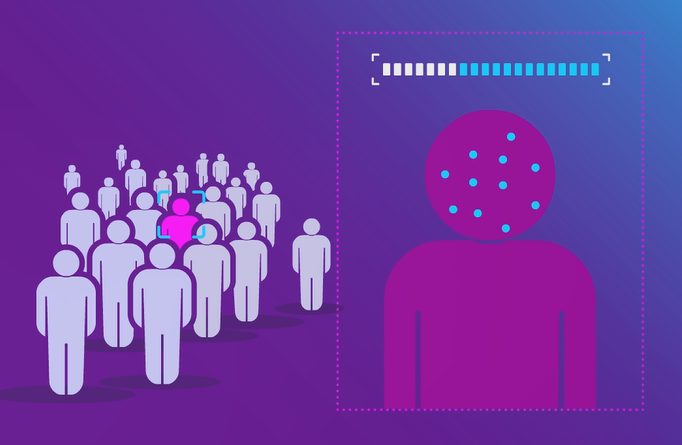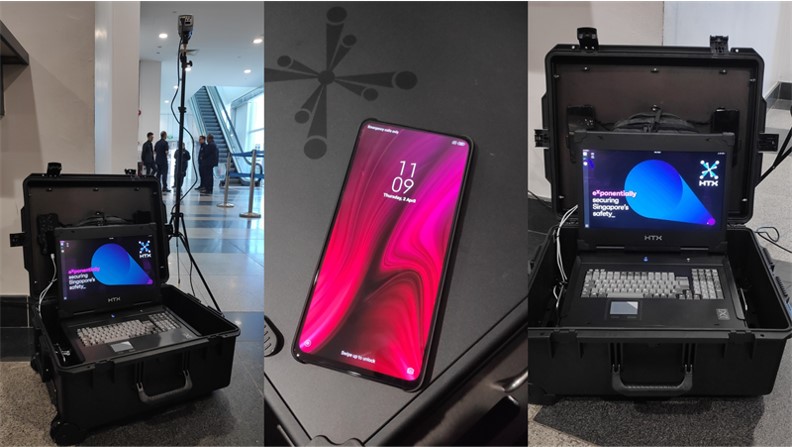
Over 217 million people travelled in and out of Singapore in 2019. Part of our arsenal for detecting terrorists or wanted persons amidst the millions is a portable facial recognition system tucked in a luggage case which can be set up anywhere within minutes.
Home Team officers at the checkpoints have been alerted by their foreign counterparts to look out for a criminal who may be trying to enter Singapore. All they have to rely on is a photo of the criminal’s face, as he is likely to be using a forged passport.
Over 217 million people travelled in and out of Singapore in 2019. At the land checkpoints, about 415,000 people pass through daily and the number can go up to 475,000 during peak periods. It would be akin to searching for a needle in a haystack.
The evolution of biometry and video analytics have transformed the field of facial recognition. Smart technologies can do the job of accurately and efficiently scanning thousands of faces for a match with persons-of-interest.
While the Immigration & Checkpoints Authority (ICA) has been using facial recognition facilities at the checkpoint since 2012 , the introduction of portable facial recognition systems to checkpoints including Tuas Checkpoint, Singapore Cruise Centre and Changi Airport in July 2017 has enabled officers to act and react faster to threats.
Fitting into a luggage case, each portable system can be set up at strategic locations within the checkpoint in 10 minutes, making it accessible and fuss-free for frontline officers. The network of cameras scanning and screening faces allows the system to identify the person-of-interest amidst huge volumes of travellers.
These portable facial recognition systems can also be readily deployed by other Home Team Departments (HTDs) during events or at crowded places in Singapore to detect persons-of-interest.
HOW DOES IT WORK?

The portable facial recognition system, comprising a laptop and a special video-camera, can be assembled within minutes.
Finding the right spot: HTDs identify strategic locations where they think the person-of-interest would need to pass through at the checkpoints or elsewhere.
Setting up: Officers carry a small luggage containing all the equipment they need, including a laptop and a special video-camera. Once they reach the identified spot, they can assemble their “portable facial recognition station” within minutes.
Directing the crowd: People are directed to walk past the station, where the camera will scan the crowd and screen their faces against a database of known persons-of-interest.
Smart technologies kick in: The features of each face are analysed using biometric facial recognition technology and matched against a database of faces of people listed by HTDs. The system can search against a large database, and even if there are changes in hairstyle, hair colour, and facial hair like a moustache or a beard, the facial recognition technology can accurately match the faces.
Near real-time alerts: Once there is a match, officers who are at the scene are alerted via a mobile device and can quickly detain the person.
[1] Implementation of the Automated Biometrics and Behaviourial Screening Suite (ABBSS) Command Centre at Woodlands Checkpoint

